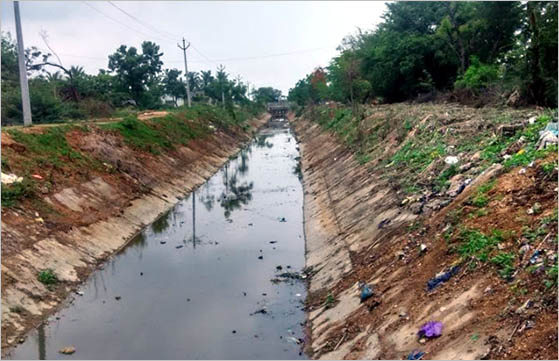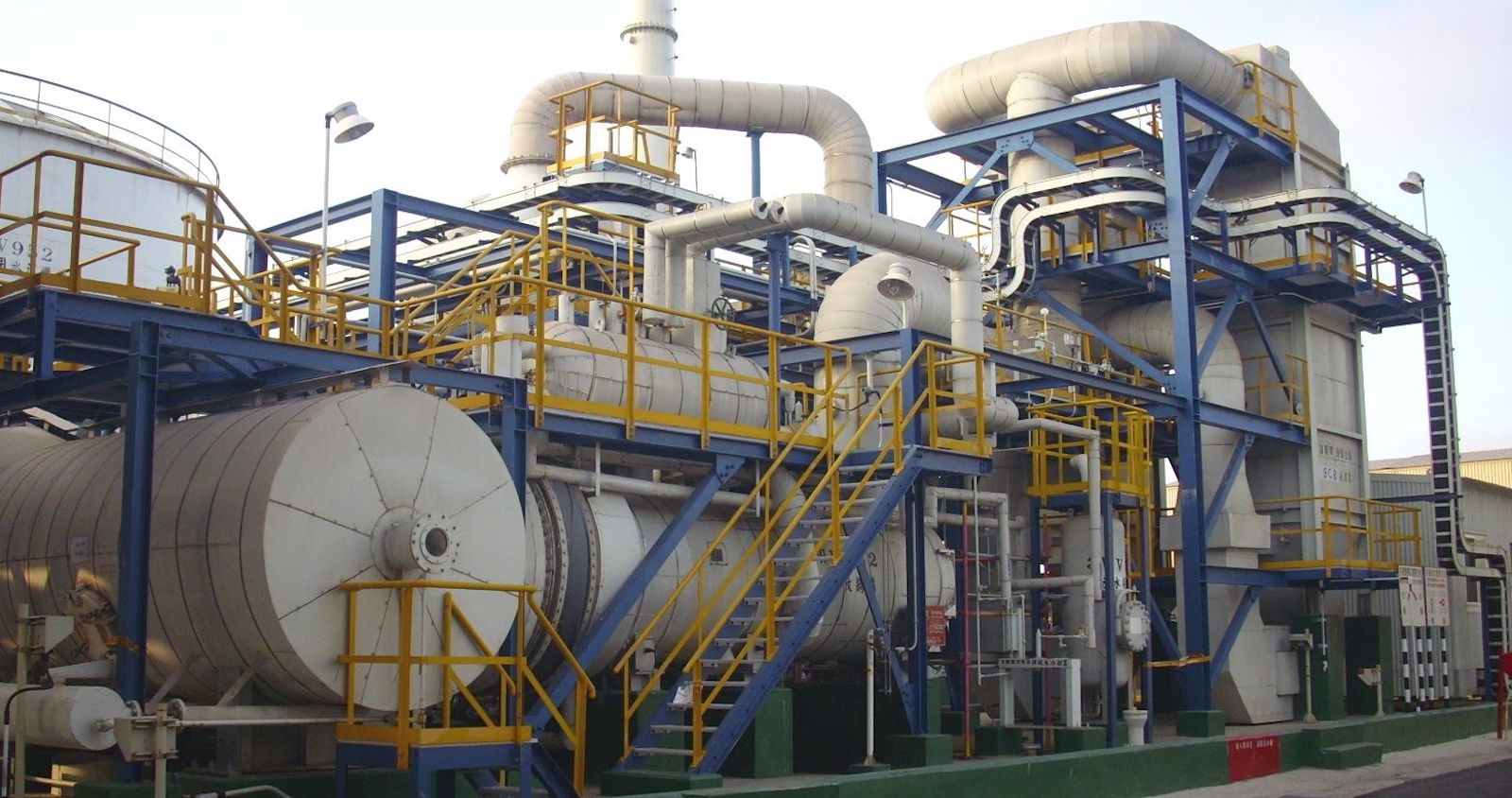Exactly How Liquid Garbage Disposal Functions: An In-depth Introduction of Techniques and Technologies Used

Summary of Fluid Waste Kind
The intricacy of liquid waste types demands a comprehensive understanding of their characteristics and ramifications for disposal. Fluid waste can broadly be classified into numerous kinds, consisting of industrial, community, agricultural, and dangerous waste. Each category displays distinctive residential properties, needing certain administration techniques to mitigate environmental and health and wellness dangers.
Industrial liquid waste stems from producing processes and commonly has a series of contaminants, such as heavy steels, solvents, and natural compounds. Community liquid waste, mostly comprising wastewater from homes and commercial establishments, has raw material, nutrients, and pathogens (industrial wastewater treatment). Agricultural liquid waste, including drainage from farms, may have plant foods, chemicals, and animal waste, posing risks to water quality and ecological communities
Dangerous liquid waste is defined by its toxicity, reactivity, or potential to create harm. Comprehending these diverse liquid waste types is crucial for creating effective disposal methods and guaranteeing compliance with ecological regulations.
Physical Therapy Approaches

Screening is the first step, where bigger particles and debris are eliminated from the fluid waste making use of displays or grates. This process shields downstream tools from damage and guarantees smoother operation. Following screening, sedimentation uses gravitational force to different solids from fluids. In sedimentation containers, larger fragments settle near the bottom, developing a sludge layer, while the cleared up fluid can be more dealt with.
Filtering is another important approach that entails passing the fluid via permeable products, such as sand or membrane layers, to record smaller fragments. This step enhances the top quality of the fluid, making it suitable for succeeding therapy processes.

Chemical Treatment Strategies
Chemical treatment methods are necessary for efficiently taking care of liquid waste, particularly in resolving liquified and colloidal pollutants that physical techniques might not properly eliminate. These techniques make use of various chemical representatives to reduce the effects of, speed up, or change harmful compounds right into less harmful kinds.
One usual approach is coagulation and flocculation, where chemicals such as alum or ferric chloride are contributed to advertise the aggregation of suspended bits. This process improves sedimentation, permitting easier elimination of the resulting sludge. In addition, oxidation procedures, using agents like chlorine or ozone, are utilized to break down complex organic compounds and virus, making the waste more secure for discharge or further therapy.
Neutralization is another critical technique, which readjusts the pH of acidic or alkaline waste streams to neutral degrees, stopping potential harm to downstream systems and the environment. In addition, advanced oxidation procedures (AOPs) use mixes of oxidants and ultraviolet light to weaken relentless toxins, achieving a higher level of treatment effectiveness.
Organic Treatment Procedures
Biological therapy processes play an essential function in the administration of liquid waste by using microbes to decompose organic issue and decrease contaminant levels. These procedures can be broadly classified right into anaerobic and cardio treatments, each employing certain microbial neighborhoods to attain reliable waste degradation.
Cardio therapy involves the usage of oxygen to help with the malfunction of natural products by bacteria. This process is commonly implemented in turned on sludge systems, where oygenation storage tanks give a favorable environment for microbial development, causing the oxidation of organic toxins. look at this site The resultant biomass can be separated from dealt with effluent with sedimentation.
On the other hand, anaerobic treatment occurs in the lack of oxygen, relying upon different bacteria to damage down raw material. This technique is specifically beneficial for high-strength waste, as it creates biogas, an eco-friendly energy source, while lowering sludge manufacturing. Technologies such as anaerobic digesters are regularly employed in community and commercial applications.
Both cardiovascular and anaerobic organic treatments not just decrease the ecological influence of liquid waste but additionally promote resource healing, making them essential parts of lasting waste monitoring strategies. Their adaptability, performance, and performance support their extensive execution throughout different industries.
Arising Technologies in Disposal
Ingenious strategies to fluid garbage disposal are swiftly progressing, driven by advancements in modern technology and a boosting emphasis on sustainability. Among these emerging technologies, membrane layer bioreactors (MBRs) have gained traction for their capability to incorporate organic treatment with membrane layer filtering, resulting in top quality Click This Link effluent that can be reused in different applications. MBRs enable smaller sized impacts and much more effective procedures contrasted to traditional systems.
Another appealing development is making use of anaerobic digestion integrated with nutrient healing technologies, which not only treats fluid waste yet additionally generates biogas and recovers useful nutrients like nitrogen and phosphorus. This dual benefit enhances source effectiveness and minimizes environmental effect.
Furthermore, progressed oxidation processes (AOPs) are being taken on for the degradation of complicated organic toxins. These approaches make use of effective oxidants and stimulants to break down pollutants at the molecular level, using a very efficient option for difficult waste streams.
Additionally, the assimilation of synthetic intelligence and artificial intelligence in waste management systems is optimizing functional efficiency and predictive upkeep, leading to decreased expenses and boosted environmental compliance. These technologies show a considerable shift in the direction of more sustainable and efficient fluid garbage disposal practices.
Verdict
In conclusion, reliable liquid waste disposal necessitates a comprehensive understanding of different methods and innovations. By continuously progressing these approaches, it ends up being possible to attend to the growing visit this website difficulties linked with fluid waste, ultimately adding to ecological defense and source healing.
Liquid waste disposal is a critical aspect of ecological monitoring, calling for a comprehensive understanding of various techniques and modern technologies customized to various waste kinds. Fluid waste can generally be classified right into a number of types, including industrial, local, agricultural, and dangerous waste. Agricultural liquid waste, consisting of drainage from ranches, might contain fertilizers, pesticides, and animal waste, positioning threats to water quality and ecosystems.
Various physical treatment techniques play a vital function in managing fluid waste successfully - industrial wastewater treatment.In verdict, efficient liquid waste disposal demands a thorough understanding of various techniques and modern technologies
 Neve Campbell Then & Now!
Neve Campbell Then & Now! Anna Chlumsky Then & Now!
Anna Chlumsky Then & Now! Richard "Little Hercules" Sandrak Then & Now!
Richard "Little Hercules" Sandrak Then & Now! Raquel Welch Then & Now!
Raquel Welch Then & Now! Traci Lords Then & Now!
Traci Lords Then & Now!